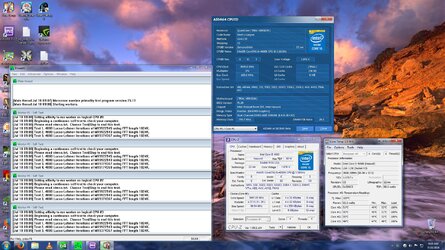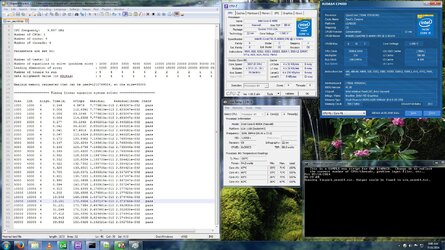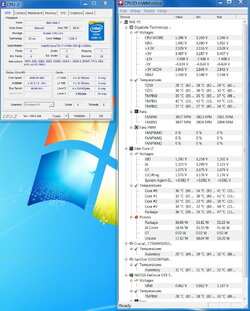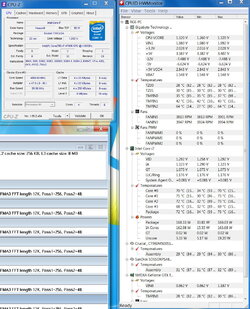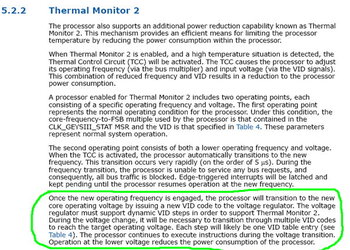- Joined
- Mar 11, 2001
- Location
- Auburn California
My IHS has a small gap betwen the IHS and the PCB when sitting on the die.
Just enough room for silicone to hold it in place, and yet still sit square on the die.
paper is way to thick and would not let the IHS sit on the die.
I think a slight swipe of silicone on just the ears might hold it perfect.
My only fear here with CLU is having the IHS move around when closing the latch holding the CPU in, scraping off some of the tim off the die.
Just enough room for silicone to hold it in place, and yet still sit square on the die.
paper is way to thick and would not let the IHS sit on the die.
I think a slight swipe of silicone on just the ears might hold it perfect.
My only fear here with CLU is having the IHS move around when closing the latch holding the CPU in, scraping off some of the tim off the die.
